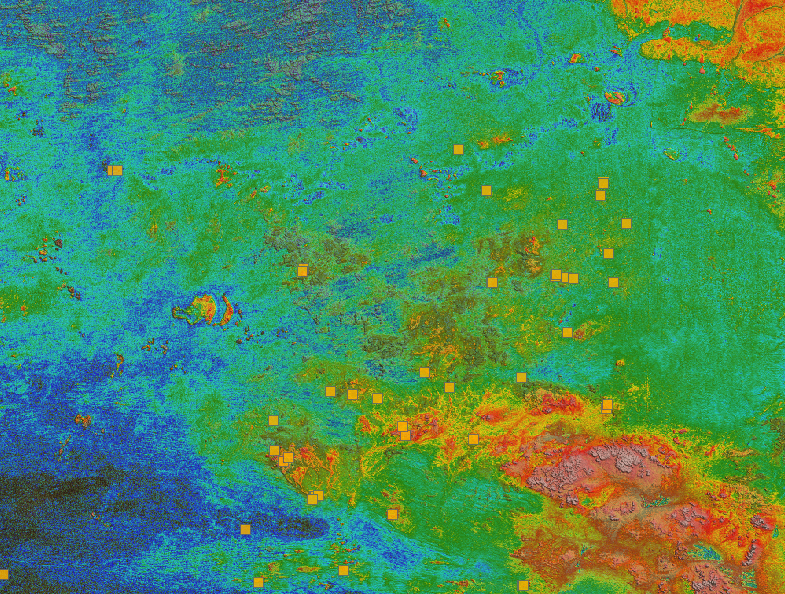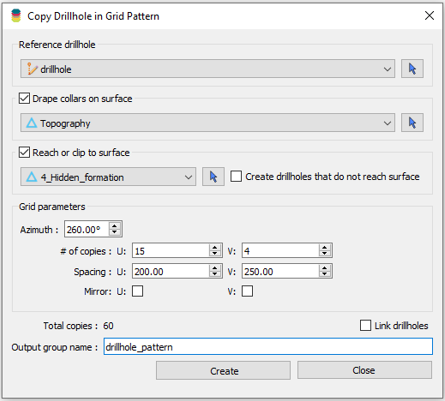Our Python API, geoh5py library, and its mirageoscience-app repository, geoapps, are now available via PyPI (the Python Package Index) allowing more users to leverage the powerful visualization capabilities of Geoscience ANALYST along with open-source code from the Python ecosystem.
This enabled us to create the mirageoscience-app repository of geoscience applications that will become a central repository to interfaces and applications including geophysical data processing, modelling, and inversion codes.
- More information about geoh5py available here https://geoh5py.readthedocs.io/en/latest/?badge=latest and here https://github.com/MiraGeoscience/geoh5py.
- More information about geoapps available here https://geoapps.readthedocs.io/en/latest/index.html and here https://github.com/MiraGeoscience/geoapps.
Interested in trying it out? More”How to” videos for Geoscience ANALSYT can be found on our YouTube Channel and Tips on how to use Geoscience ANALYST can be found under the Software tip category in our News page and in our Archives page.
Latest news

Geoscience ANALYST Pro Geophysics Consortium

New geophysical tools in Geoscience ANALYST

Q&A Mineral Resources Tasmania

2D minimum curvature gridding

Scripting

Filter records with, or without files associated to them

Documents linked to a project

Monitoring folders

GIFtools via Geoscience ANALYST

Building a greenfields project from public data in Geoscience ANALYST Pro – Virtual Lecture

Copying objects between Workspaces




